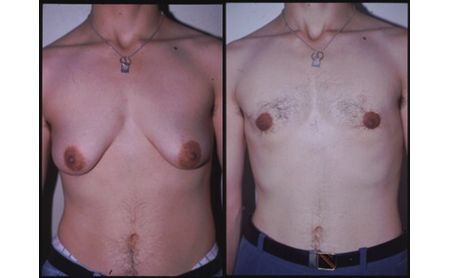Phimosis
A phimosis is a difficult or fully enabled pulling the foreskin over the glans penis, and the disease can be congenital or acquired. The glans penis cannot be liberated – sometimes only in erection, and sometimes in the loose state as well. Besides, there is a situation when the frenulum on the lower side of the glans penis is short, and at pulling the foreskin, this frenulum pulls the glans penis downwards and creates pain, interfering with normal sexual intercourse. The frenulum often breaks, which creates painful sores which heal with difficulty, and when they do, the frenulum can become even shorter. The acquired phimosis can occur due to scarring and narrowing of the preputium after the inflammation processes or due to the oedema after the acute inflammation. Due to the excess skin, there is a urine blockade, smegma secretion and secondary infection, which leads to chronic irritation.
Circumcision is a surgical technique by which an excess skin is removed partially or in whole, and is performed in local anaesthesia.
Paraphimosis
Paraphimosis is a condition in which the foreskin cannot be pulled back over the glans penis and cover it, but it remains under the glans penis and tights it firmly causing pain and swelling, and in a long-lasting one even a gangrene.
Paraphimosis occurs most often after masturbation or sexual intercourse, while the penis is still erected, and it can happen in children (although rarely), e.g. at maintaining hygiene or forced pulling over the foreskin.
The objective of the surgical intervention is to cut the foreskin and to free the glans penis. If there is gangrene, a radical circumcision of the foreskin is required.


